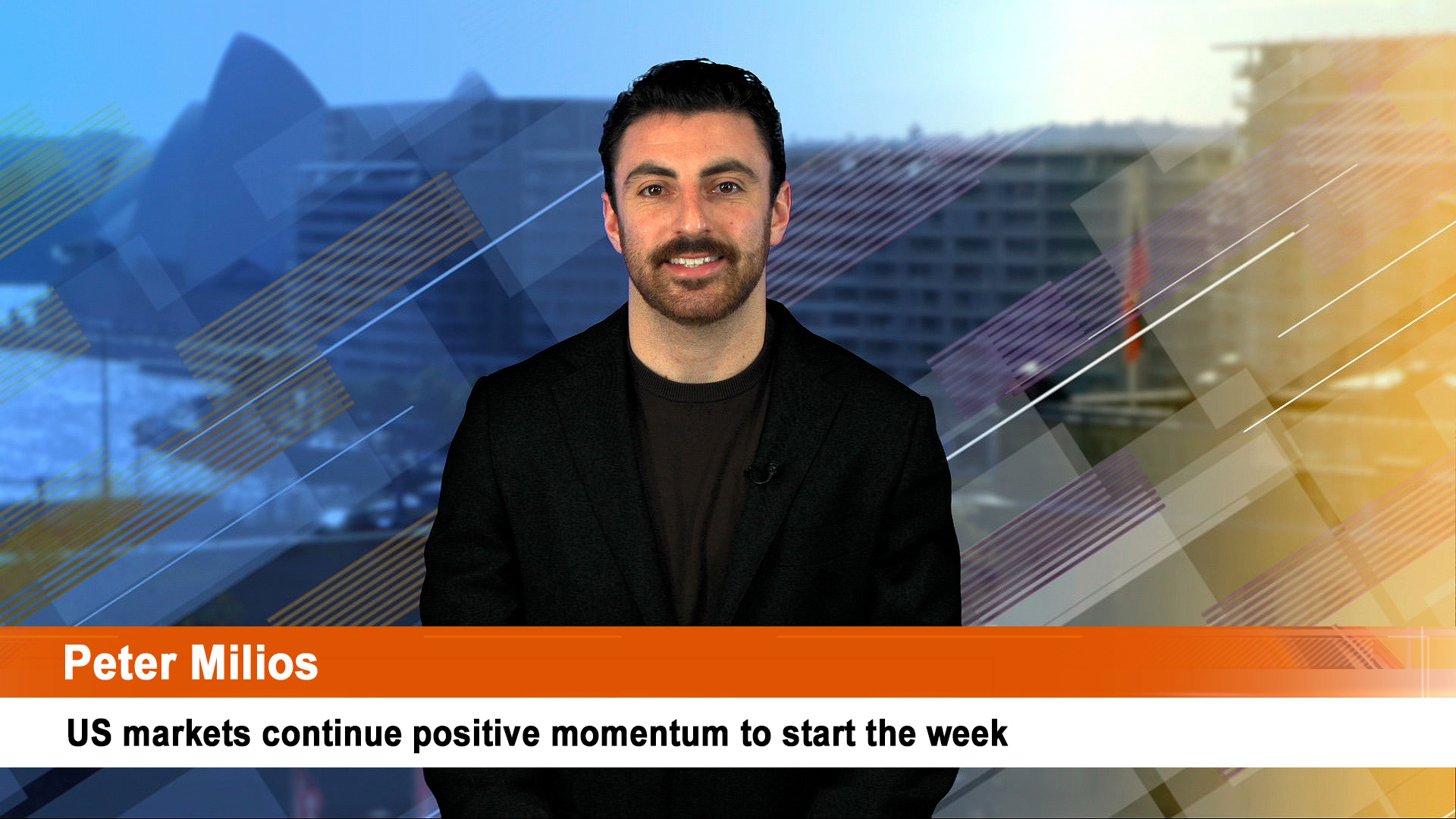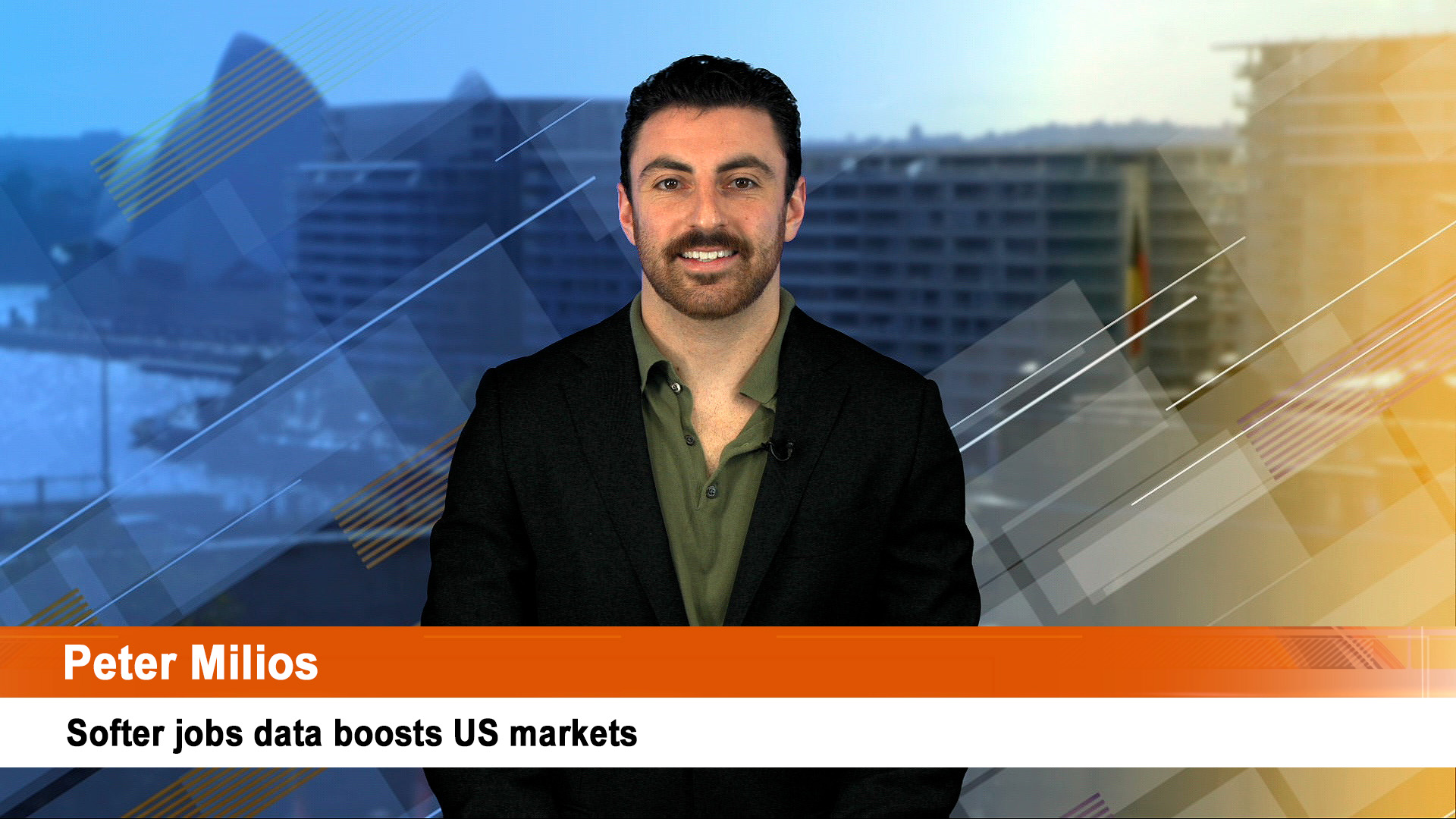Don’t call it Netflix, but rather Netcash as the world’s largest streaming company again made fools of many of the naysayers and analysts in the media and entertainment sectors.
For years they have been questioning the content spend by Netflix, decrying its size and wondering if it would cripple the company, drive up costs, send it broke, damage the production sector, you name it they could find a negative angle, then they would push it.
There were comments such as ‘The billions being borrowed to invest in new technology and especially content would prove too much’; that ‘streaming’s future was still up in the air.’
But the reality is different and if you hadn’t noticed there’s been a ‘gold rush’ to get into streaming from every major media company (bar one) and tech giant (bar a couple). The oddities are the Murdoch empire of Fox and News Corp (which is a purveyor of streams through its 65% owned Foxtel business in Australia) and Microsoft.
Murdoch has zilch global presence in streaming. Among the tech majors, Apple, Amazon and Alphabet, via You Tube, have ventured furthest down this path, leaving Microsoft and Meta (Facebook) far behind. Even the Chinese government-approved Tick Tock is reportedly moving closer to becoming a closet streamer.
And when Netflix saw subscriber numbers slow, especially in the US as the pandemic lockdown effects faded, the ‘experts’ were into it again and Netflix shares plunged more than 60% in the first three quarters of 2022 (and were down more in the first half of this year).
And yet, there was Netflix early Wednesday Australian time, surprising with more new subscribers than the 1 million it forecast, and there were the gainsayers hopping on the bus for another run and the shares popped more than 14% at one stage.
Many analysts don’t appear to take a close look at the financials, or haven’t for a year or more as they focused on subscriber gains, revenues per subscribers and content costs.
They ignored the quite clear announcement in 2021 from the company (actually it was hinted at in 2020) that it was heading towards not needing to borrow new money to fund content, that it was moving towards being cash positive.
This year, 2022 and after years of relying on debt and having negative cash flow as it sought scale, Netflix has become a consistently cash-flow-positive company.
Free cash flow in the third quarter was $US472 million, compared with $US106 million in the same quarter a year ago. For the first 9 months of this year, free cash flow was $US1.287 billion, three times the $US411 million during the first 9 months of 2021.
For all of 2022, the company free cash flow well above $US1 billion before experiencing what the letter to shareholders this week called “substantial growth” in free cash flow in 2023.
Gross debt at September 30 was $US13.88 billion, within Netflix’s $US10-$US15 billion target range (and $US1 billion lower than in September, 2021). Cash increased $US300 million to $US6.1 billion (down from $US7.5 billion a year ago, leaving net debt at $US7.9 billion, up from $US7.3 billion.
Co-CEO Ted Sarandos suggested the company could look again to boost spending on new content, saying in the company’s You Tube vid that “What we’re seeing is that the both the scope and scale, as well as the range and the cadence of hits is improving, so I feel better and better about that $17B of content spend because what we have to do is be better at getting more impact per billion-dollar spend than anybody else.”
That’s how we’re focusing on it. I think we’re spending at about the right level. As we re-accelerate revenue, we’ll revisit that number, of course, but we’re pretty disciplined bunch about that,” he said.
But it was only three months ago that the chief financial officer Spencer Neumann said $US17 billion was “the right ZIP code” for spending.
Netflix posted global subscriber levels of 223.09 million, up from 220.67 million in the prior quarter.
Revenue of $US7.93 billion and exceeded market forecasts for $US7.84 billion.
Of course, the experts among the analysts will be watching the ad-supported offering starting next month, and ignoring what Netflix has already made clear – this is not a make or break for the company or a way of raising more revenue to pay for more content.
This is what the company told shareholders this week:
“While we’re very optimistic about our new advertising business, we don’t expect a material contribution in Q4’22 as we’re launching our Basic with Ads plan intra-quarter and anticipate growing our membership in that plan gradually over time.
“Our aim is to give our prospective new members more choice – not switch members off their current plans. Members who don’t want to change will remain on their current plan, without ads, at the current price.”
Netflix said the ad-supported subscription plan on November 1 in Canada and Mexico; November 3 in Australia, Brazil, France, Germany, Italy, Japan, Korea, the UK, and the US; and November 10 in Spain. “Cumulatively, these 12 markets account for $US140 billion of brand advertising spend across TV and streaming, or over 75% of the global market.”
And the US dollar is having a big impact on Netflix and is currently as big a worry as subscriber numbers, as it is on all American multi-nationals.
“The US dollar has strengthened against most other currencies at a historic rate this year. Based on our YTD actuals and Q4 guidance, we estimate that this appreciation since January 1, 2022 will negatively impact our full year 2022 revenue and operating income by ~$1 billion and $0.8 billion, respectively.”
“Over the medium term, we believe we can adjust our pricing and cost structure for a stronger US dollar world. Our long-term goal remains unchanged – to sustain double digit revenue growth, increase operating profit even faster (as we expand margins) and deliver growing positive free cash flow.”
And 2023 will see a significant change in the way the company reports.
“As discussed in previous letters, we are increasingly focused on revenue as our primary top line metric. This will become particularly important heading into 2023 as we develop new revenue streams like advertising and paid sharing, where membership is just one component of our revenue growth.
“So, starting with our Q4’22 letter in January of 2023, we’ll continue to provide guidance for revenue, operating income, operating margin, net income, EPS and fully diluted shares outstanding for the following quarter, but not paid membership. Similar to our regional membership disclosure, we’ll continue to report our global and regional membership each quarter as part of our earnings release.”
That move away from regular updates of subscriber numbers will worry the worrywart analysts – what will they have to write about?













